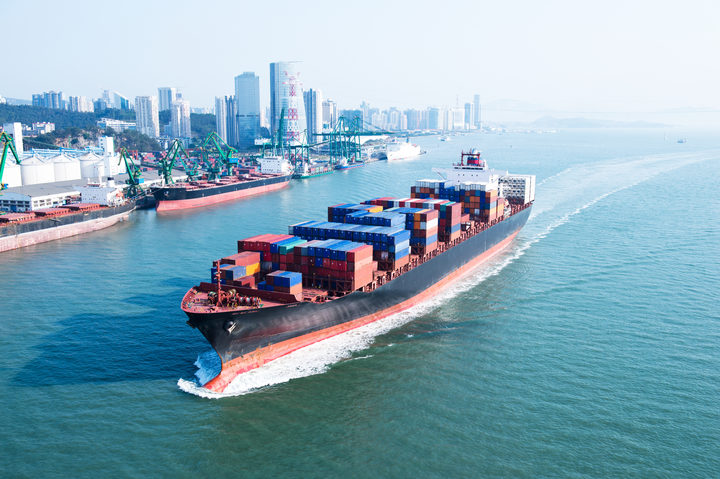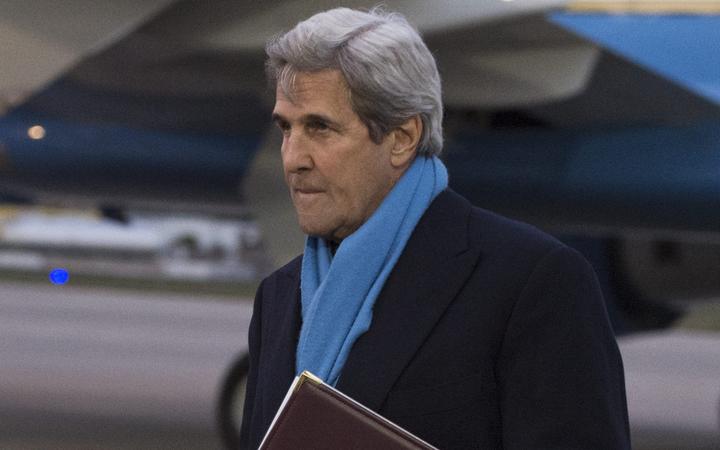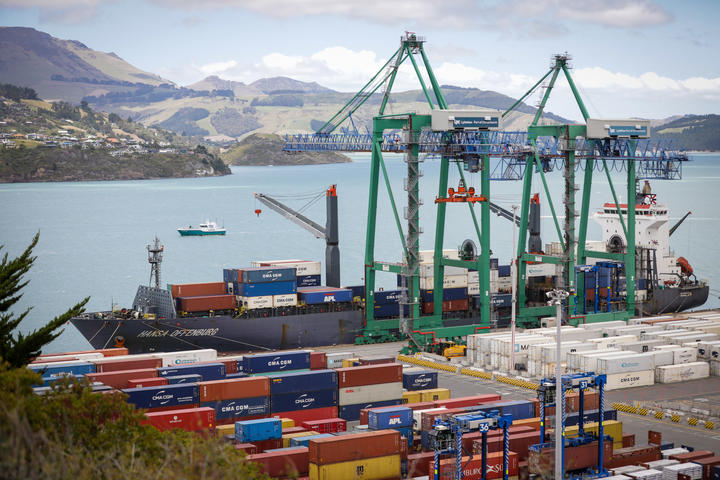Opinion – An effective way to achieve US Climate Envoy John Kerry’s stated goal of decarbonising the global shipping industry is to make it cheaper to go green by the International Maritime Organisation introducing a greenhouse gas levy.
 Photo: 123RF
Photo: 123RF
Climate Envoy John Kerry announced yesterday that the US is committed to getting the global shipping industry to net zero emissions by 2050. This is a crucial step, but an uphill battle: shipping is one of the world’s most polluting sectors.
If it were a country, it would be the sixth largest greenhouse gas polluter in the world.
To solve this problem, Kerry should look to those that have the most at stake. Here in the Pacific Islands, shipping is our most important link with the world, providing us with imported food, medicines, and more.
Our micro-economies, at the centre of the world’s greatest ocean have the longest, thinnest, most expensive, and most vulnerable transport lines.
And these lifelines are almost exclusively run on fossil fuels. The shipping industry that our people and economies rely on is also driving the climate crisis – the greatest existential threat we face.
We cannot survive without the shipping industry, and yet we also cannot survive with the contributions it makes to climate change.
John Kerry is right that we need to take real action and we need to take it now. To do that, we must put a price on shipping emissions.
The Marshall Islands has joined with the Solomon Islands to put forward a solution at the International Maritime Organisation (IMO). If Kerry backs decisive action, we hope to see the US – and the rest of the IMO member states – back our proposal.
Our proposal to the IMO is to immediately establish a greenhouse gas (GHG) levy on emissions from the international shipping industry with a floor price of US$100 per ton/CO2e.
This would provide both a clear signal and certainty to the market of the shipping industry’s commitment to decarbonisation efforts in line with the Paris Agreement goals.
 Photo: AFP / Getty Images
Photo: AFP / Getty Images
A GHG levy is the single most effective tool to incentivise rapid and meaningful investments in measures that can reduce emissions, like low-carbon and zero-carbon maritime fuels, wind propulsion, shoreside renewable power supplies, and increased efficiency technologies and operations.
The best and fairest incentive for shippers to introduce these changes is to make it cheaper to go green, rather than persist with the systems and fuels that exist today. A practical way to do that is to make them pay for the pollution they emit. This gives renewable technologies the chance to compete with well-established, high-polluting fossil fuels that threaten our islands.
Along with incentivising greener, cleaner shipping technology, finance is another important aspect of our carbon levy proposal: the majority of the revenue raised would be diverted to help climate vulnerable countries meet their climate adaptation and mitigation needs.
The unfortunate reality we Pacific island states face is that while we are ready to take ambitious climate action, we remain dependent on financial assistance from the international community to achieve our goals.
Pacific island states have long been leaders when it comes to climate ambition in the shipping industry.
Alongside Fiji, the Marshall Islands recently announced our own domestic target of a 100% percent decarbonisation of shipping emissions by 2050, with a 40 percent reduction by 2030. But the quality and accessibility of climate finance has to be exponentially scaled up to achieve these targets.
While we will continue to call for immediate financial assistance to help achieve our climate change goals, our GHG levy proposal would introduce an innovative new financial stream capable of scaling up the quantity of finance required and easing access to that support to help our and other vulnerable countries achieve their adaptation and mitigation goals.
The IMO has yet to align its GHG reduction goal with the Paris Agreement 1.5-degree Celsius temperature goal – something Pacific islands states have long been calling for.
 Photo: RNZ / Nate McKinnon
Photo: RNZ / Nate McKinnon
Last year, the Marshall Islands, Tuvalu, and the Solomon Islands were the only IMO Member States to stand up and reject a paltry GHG reduction proposal that is only expected to reduce 1 percent of the sector’s business-as-usual emissions growth by 2030.
We demanded a higher ambition solution back then, but the majority of IMO member states – including many states that would tout their climate credentials – agreed to that measure. As we join the many countries calling for far greater climate ambition in advance of COP-26, we’ll be watching their decisions at the IMO carefully.
In the Marshall Islands we have a saying, “Wa kuk wa jimer”- we are all in the same boat together.
John Kerry’s announcement is a crucial step in showing solidarity with the people of the Pacific. If we are to achieve the common goal of decarbonising this critical industry, the carbon levy is the clear next step.
